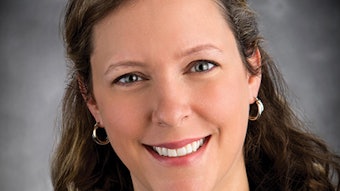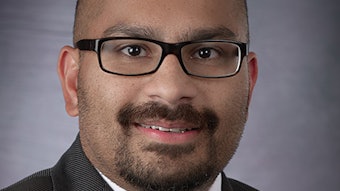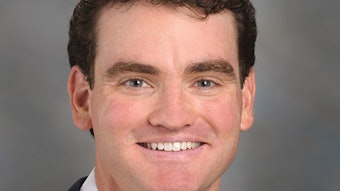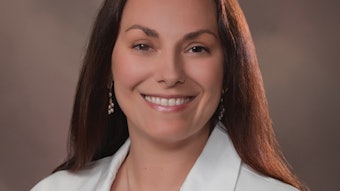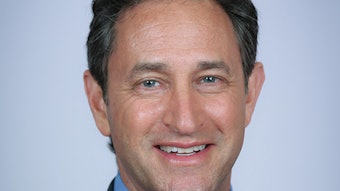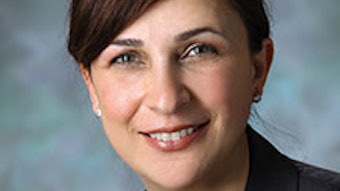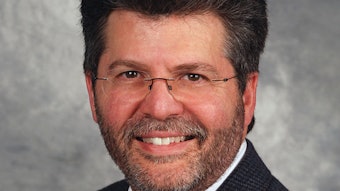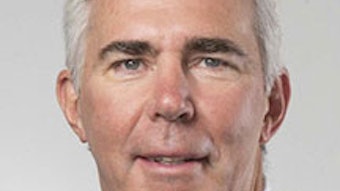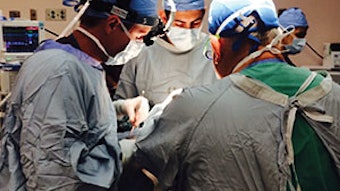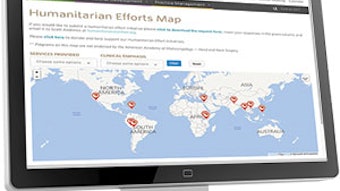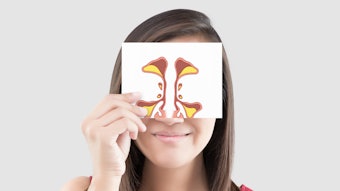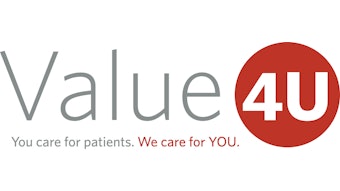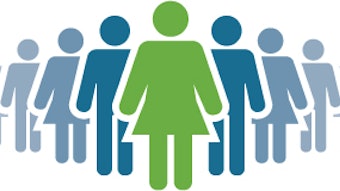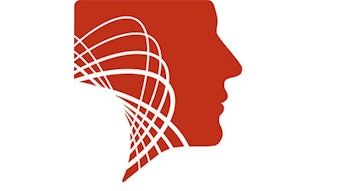Correctly coding CPT 69209
For 2016, Current Procedural Terminology (CPT®) code 69209 Removal impacted cerumen using irrigation/lavage, unilateral was created. In order to help otolaryngologist-head and neck surgeons correctly code, the Academy helped the American Medical Association (AMA) draft a CPT Assistant article on the removal of impacted cerumen.
For 2016, Current Procedural Terminology (CPT®) code 69209 Removal impacted cerumen using irrigation/lavage, unilateral was created. In order to help otolaryngologist-head and neck surgeons correctly code, the Academy helped the American Medical Association (AMA) draft a CPT Assistant article on the removal of impacted cerumen. In addition to the CPT Assistant article, the Academy’s CPT team has updated the CPT for ENT: Cerumen Removal to further clarify billing 69209 and 69210 Removal impacted cerumen requiring instrumentation, unilateral. The CPT for ENT article can be found at www.entnet.org/node/258.
The following are excerpts from the AMA CPT Assistant article “Removal of Impacted Cerumen,” which can be found on page 7 of the January 2016 CPT Assistant, and are reprinted with permission from the AMA:
In the CPT 2016 code set, code 69209 was added to the Auditory System subsection to report the removal of impacted cerumen (earwax) using irrigation or lavage. Impacted cerumen was defined in CPT Assistant October 2013, page 14, as having any of the following:
- Visual considerations: Cerumen impairs exam of clinically significant portions of the external auditory canal, tympanic membrane, or middle ear condition.
- Qualitative considerations: Extremely hard, dry, irritative cerumen causing symptoms such as pain, itching, hearing loss, etc.
- Inflammatory considerations: Associated with foul odor, infection, or dermatitis.
- Quantitative considerations: Obstructive, copious cerumen that cannot be removed without magnification and multiple instrumentations requiring physician skills.
69209 is reported when irrigation and/or lavage is used to remove impacted cerumen. This method uses a continuous flow of liquid (e.g., saline, water) to loosen impacted cerumen and flush it out with or without the use of a cerumen softening agent. Although direct physician work is not required, the removal of cerumen by irrigation or lavage usually takes longer to perform and may require additional staff time and equipment.
Only one code (69209 or 69210) may be reported for the primary service provided on the same day on the same ear. Modifier 50, Bilateral Procedure, should be appended if either one of the cerumen removal procedures is performed on both ears.
Codes 69209 and 69210 should not be reported together when both services are provided on the same day on the same ear.
The appropriate evaluation and management (E/M) code based upon category and site of service (e.g., office or other outpatient, hospital care, nursing facility services) should be reported when non-impacted cerumen is removed.
An E/M code may be reported if there is a separate and distinct service performed at the same session.
The full article is available to Academy Members at www.entnet.org/content/ama-cpt-assistant-removal-impacted-cerumen-69209 (login required).

